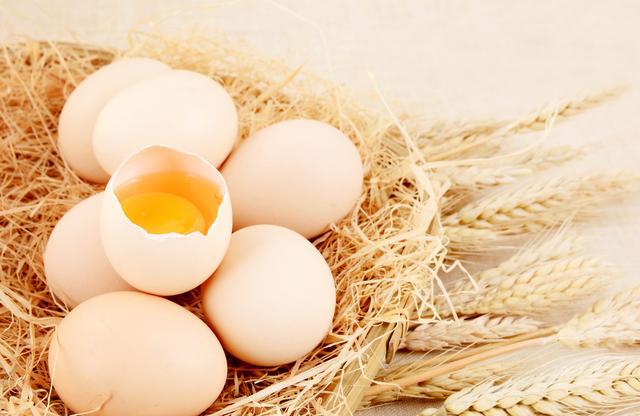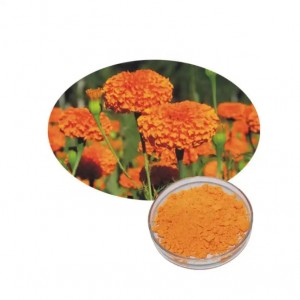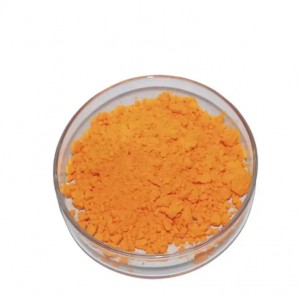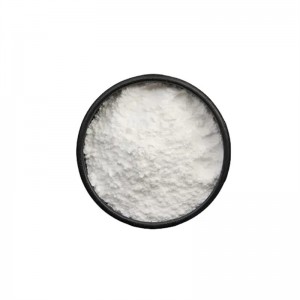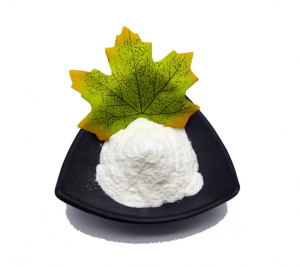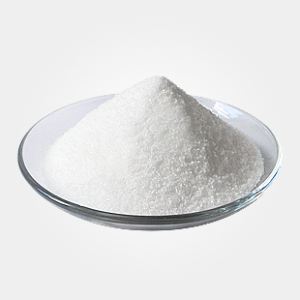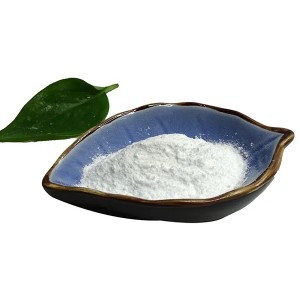| Basic Information | |
| Product name | Zeaxanthin |
| CAS No. | 144-68-3 |
| Appearance | Light orange to deep red,powder or liquid |
| Resource | Marigold flower |
| Grade | Food Grade |
| Storage | Inert atmosphere,Store in freezer, under -20°C |
| Shelf Life | 2 years |
| Stability | Light Sensitive, Temperature Sensitive |
| Package | Bag,Drum or Bottle |
Description
Zeaxanthin is a new type of oil-soluble natural pigment, widely found in green leafy vegetables, flowers, fruits, wolfberry and yellow corn. In nature, often with lutein, β-carotene, cryptoxanthin and other coexistence, composed of carotenoid mixture. Huanwei can supply various form and specification for different application.
Zeaxanthin is the main pigment of yellow corn, with a molecular formula of C40H56O2 and a molecular weight of 568.88. Its CAS registration number is 144-68-3.
Zeaxanthin is an oxygen-containing natural carotenoid, which is an isomer of lutein . Most of the zeaxanthin present in nature is an all trans isomer. Corn lutein cannot be synthesized in the human body and needs to be obtained through daily diet. A large number of studies have shown that zeaxanthin has health effects such as antioxidation, prevention of macular degeneration, treatment of cataract, prevention of cardiovascular disease, enhancement of immunity, and alleviation of atherosclerosis, which are closely related to human health.
In the food industry, zeaxanthin, as a natural edible pigment, is gradually replacing synthetic pigments such as lemon yellow and sunset yellow. Research and development of health products with zeaxanthin as the main functional ingredient will have broad market prospects.
Application Area
(1)Applied in food field, Marigold Flower Extract Lutein and Zeaxanthin is mainly used as food additives for colorant and nutrient.
(2)Applied in health care field
(3)Applied in cosmetics
(4)Applied in feed additive


